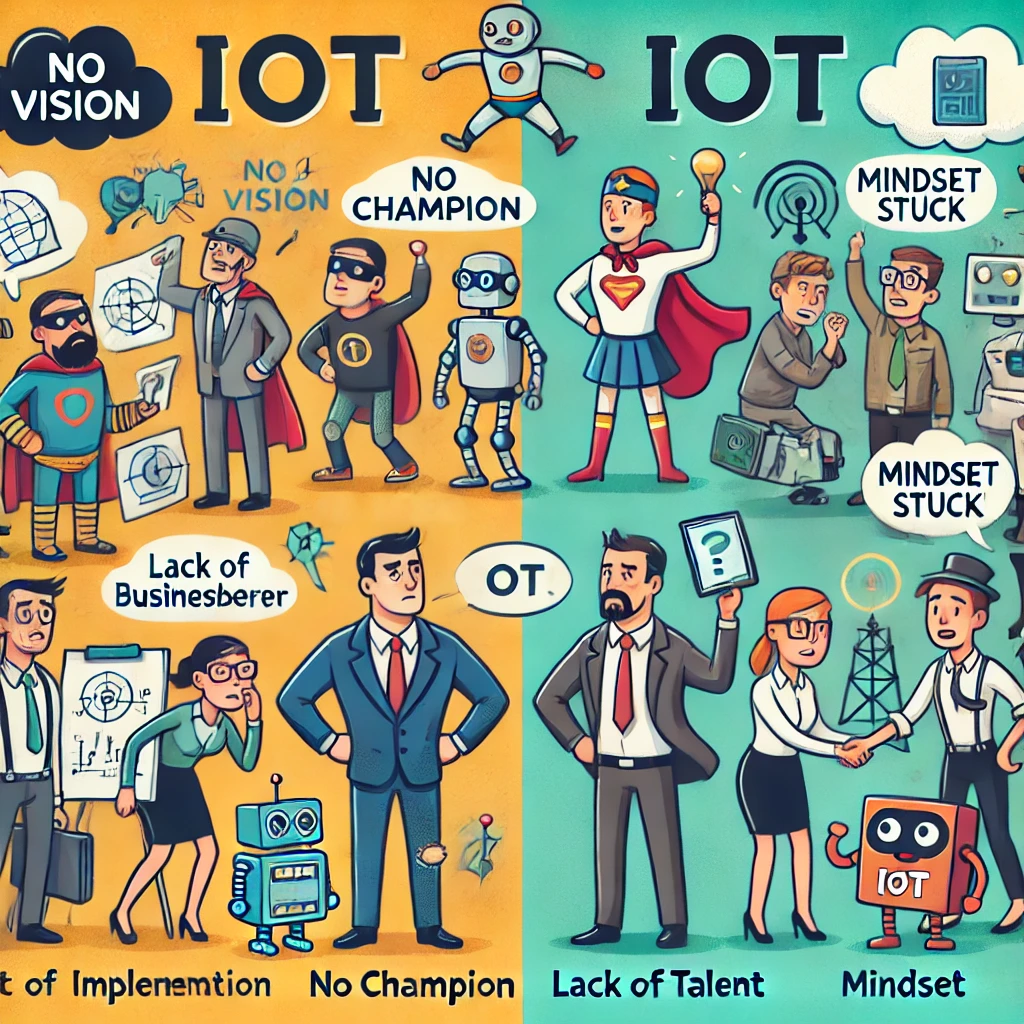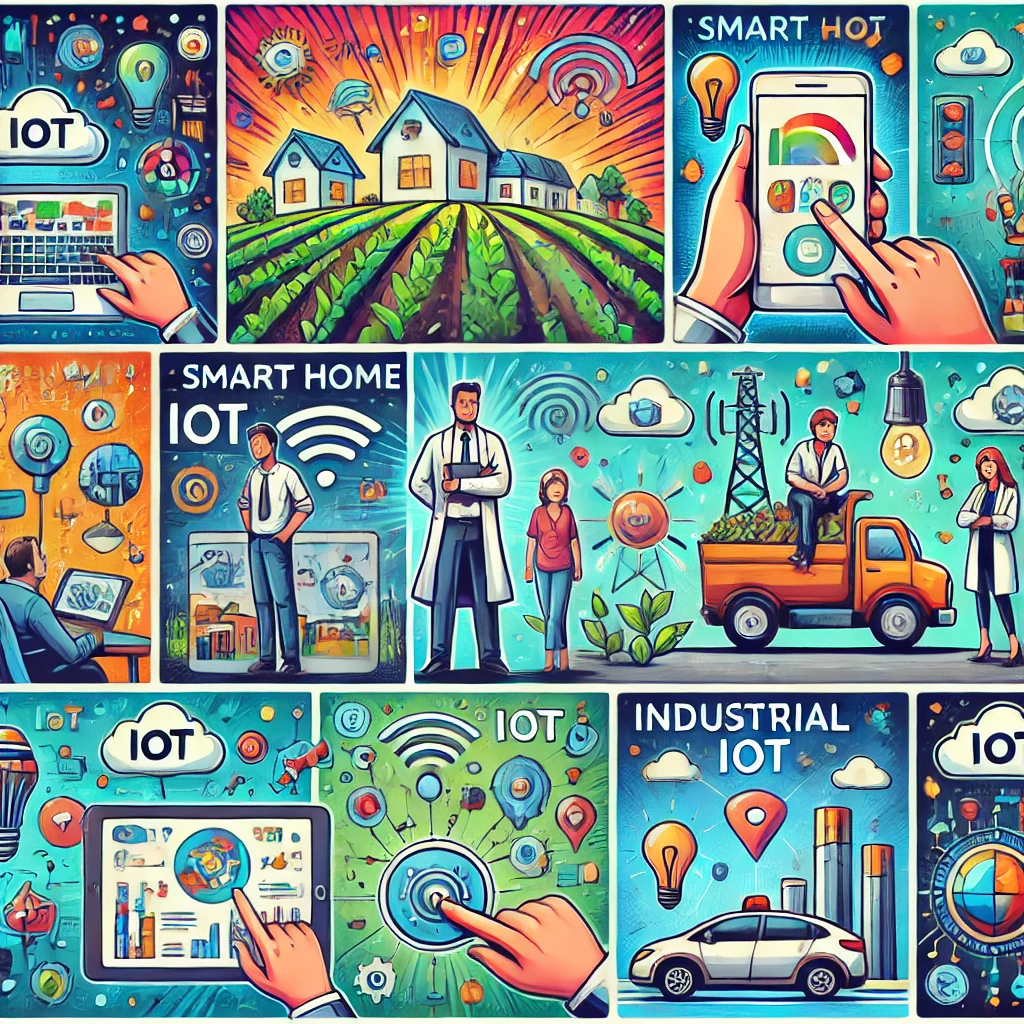
Key Success Factors and Challenges in IoT Implementation
February 3rd, 2025 Posted by favoriotadmin BLOG, Internet of Things, IOT PLATFORM 0 thoughts on “Key Success Factors and Challenges in IoT Implementation”Today, we’ll explore the key success factors for implementing IoT in any organisation while addressing the common challenges faced during this process.
The diagram gives us a clear roadmap, so let’s break it down into challenges and success factors.

Part 1: Challenges in IoT Implementation
Before diving into the success factors, let’s address the challenges often preventing organisations from achieving IoT success. There are four main challenges:
1. Lack of Vision and Mission
- Organisations often struggle to identify the business case for IoT.
- Without a clear vision, it’s hard to prioritise IoT initiatives and allocate resources effectively.
2. No Champion
- A key challenge is the absence of a leader who can break down silos and drive collaboration across departments.
- Without someone championing the cause, IoT projects may lack direction and momentum.
3. Lack of Good Talent
- IoT requires expertise in new technologies like sensors, networks, and data analytics.
- The shortage of skilled professionals can slow down IoT adoption.
4. Lack of Mindset Transformation
- Organisations often get too comfortable with their existing processes.
- Employees and leaders may be unwilling to take risks or embrace the cultural shift needed for IoT transformation.
Part 2: Key Success Factors for IoT Implementation
To overcome these challenges, organisations should focus on eight key success factors. These are the building blocks for a successful IoT strategy:
1. Start with Strategy and Preparation
- Define a clear strategy that aligns with the organisation’s goals.
- Prepare by understanding the needs, potential benefits, and risks of IoT.
2. Secure C-Suite Sponsorship
- Gaining buy-in from top leadership ensures resources and support for IoT initiatives.
- This sponsorship also drives accountability and alignment across teams.
3. Build a Diverse Team
- A successful IoT team should include experts from different fields, such as technology, operations, and business.
- A diverse team ensures all perspectives are considered.
4. Communication and IT/OT Convergence
- Foster assertive communication between IT (Information Technology) and OT (Operational Technology) teams.
- This convergence ensures the smooth integration of IoT systems with existing workflows.
5. Rethink Operations from the Ground Up
- Don’t just digitise existing processes; redesign workflows to leverage IoT’s capabilities fully.
- Focus on creating more agile and efficient operations.
6. Design for Flexibility
- Build IoT systems that can adapt to future changes, such as scaling up or integrating new technologies.
- Flexibility ensures long-term success.
7. Educate and Train
- Provide ongoing education and training for employees to build confidence in IoT tools and systems.
- Skilled employees are key to maximising IoT’s potential.
8. Revisit Repeatedly
- IoT is not a one-time project; it’s an ongoing journey.
- Regularly revisit your strategy, evaluate outcomes, and adjust as needed.
Key Takeaways
To succeed in IoT implementation:
- Address challenges like lack of vision, leadership, talent, and mindset.
- Focus on success factors like clear strategy, leadership support, diverse teams, communication, and ongoing education.
Discussion Question: Which challenges or success factors resonate most with your organisation? What steps can you take to improve your IoT implementation strategy? Let’s discuss it!
[Download — IoT Notes by Mazlan Abbas]
[Originally published from here]



